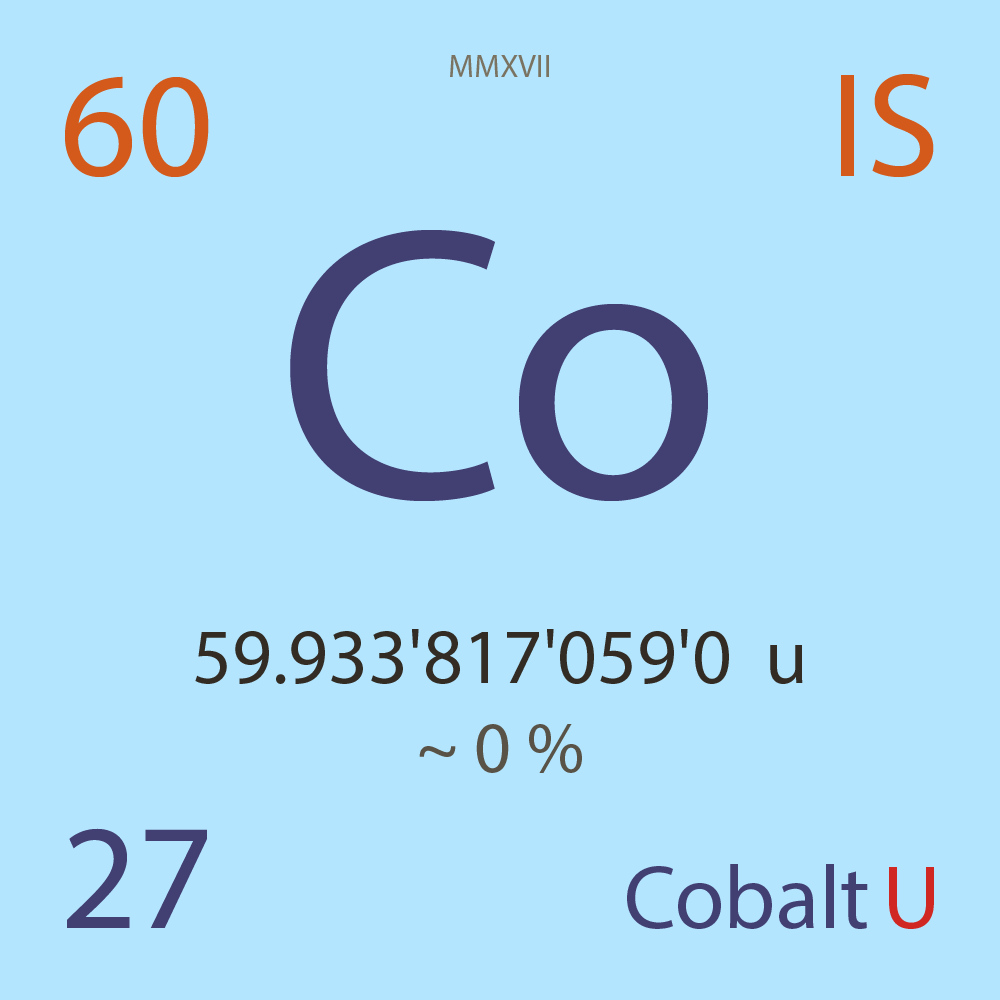Part 1 of 2 Parts
Radioactive isotopes are used extensively in the healthcare industry. The gamma radiation from radioactive isotope Cobalt-60 (Co-60) is critical to healthcare. Demand is growing rapidly and it is important to increase production to expand the supply.
Co-60 is manufactured in some nuclear reactors. It is used to sterilize about forty percent of single-use medical devices around the globe. These devices include such items as syringes, catheters, IV sets, surgical gloves and gauze that are utilized in a wide range of healthcare applications. A patient in surgery, wound care or giving a blood sample is very likely to be treated with products that have been sterilized with Co-60. This process is referred to as irradiation or radiation processing.
Other important uses for Co-60 include non-invasive treatment of cancers and brain tumors, polymer processing, food treatment and environmental applications.
The demand for Co-60 to be used for sterilization is increasing at rates never seen before. This is partially due to an increasing and aging population, greater access to health care and the development of new devices that will require sterilization. The typically reported growth rate is currently six to eight percent per year. The demand for sterilization is estimated to double over the next ten years. Some sectors such as the biopharmaceutical industry that is switching to single use systems are experiencing growth at much higher double digit rates. However, they only represent a small proportion of current sterilization demand.
In recent years, the pressure on vaccine supply has concentrated Co-60 for sterilization and, in some case, a backlog has appeared. In a recent conference titled International Meeting on Radiation Processing (IMRP20) held in November 2022, the increasing gap between sterilization capacity and demand was singled out as a highly significant concern of the healthcare industry.
Co-60 is currently produced in a small number of nuclear reactors located in Argentina, Canada, China, India and Russia. This Co-60 is manufactured into radiation sources by a few specialist manufacturers that serve the radiation processing industry. Most of the Co-60 produced in China and India and some produced in Argentine is used to supply only their local markets. This means that most of the rest of the world’s Co-60 is supplied by Canada and Russia. Most of this Co-60 is contracted to one Canadian source manufacturer.
During the time of increasing sterilization demand, there have been a few disruptions that have caused problems for Co-60 production. These include a brief period of reduced supply from one Russia reactor as well as the temporary shutdown for refurbishment of some existing Co-60 production reactors in Canada and Argentina. Reactor refurbishment is critical to extend the life of Co-60 production reactors. These initiatives will enable existing reactors to continue Co-60 production for another twenty-five to thirty years.
Some Co-60 production reactors have been permanently closed in recent years. However, a variety of initiatives have resulted in the production of Co-60 being replaced or exceeded by the production of new or refurbished reactors.
Please read Part 2 next
